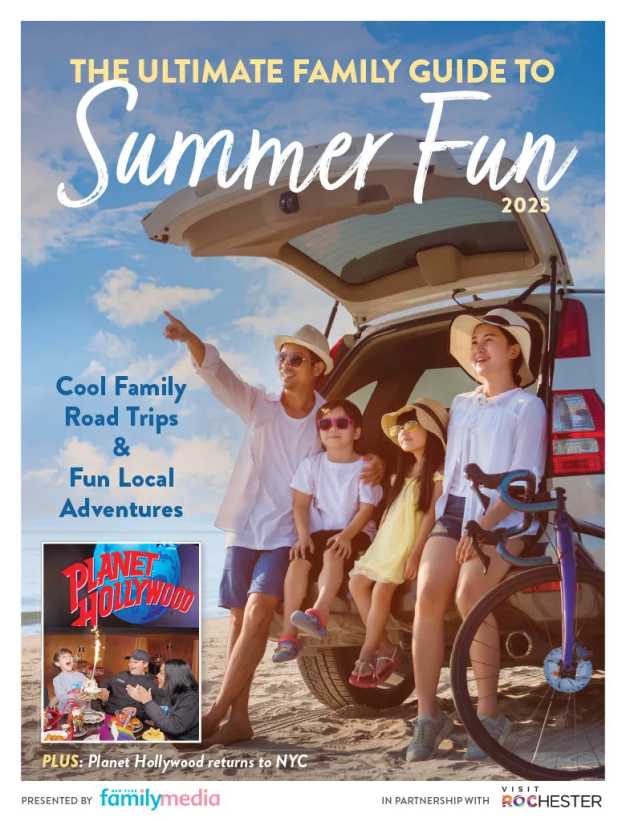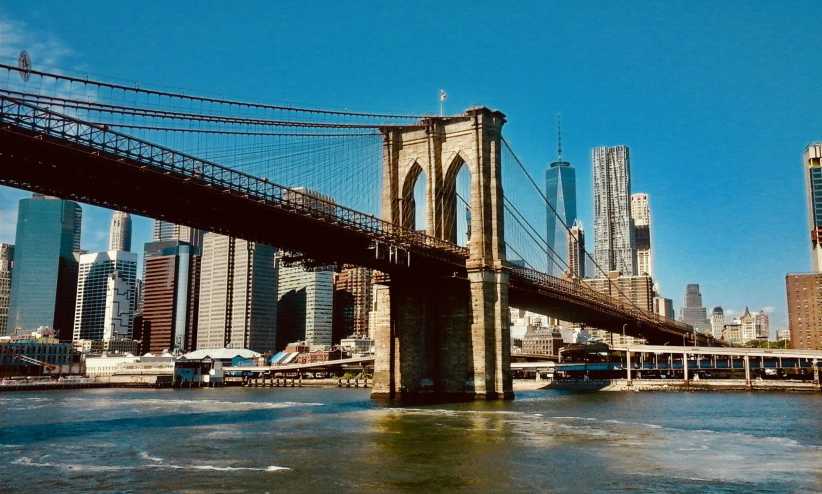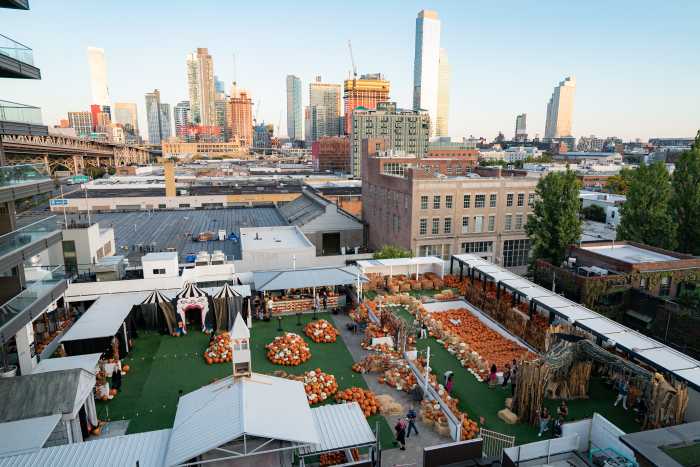Richard Louv remembers the day his then ten-year-old son, Matthew, turned to him and asked, “Dad, how come it was more fun when you were a kid?” Louv asked him what he meant. His son proceeded to list back the memories Louv often shared about his own childhood: playing out in the woods, building tree houses, going horseback riding in a swap. As Louv listened, he was struck by the fact that his son believed he was missing out on something.
In “Last Child in the Woods: Saving Our Children From Nature-Deficit Disorder,” the author and journalist explores what he believes has become a disturbing trend: children cut off from nature.
Your book states children today are suffering from nature-deficit disorder. That’s a pretty loaded term. What do you mean by it? Today, kids are aware of the global threats to the environment but their physical contact, their intimacy with nature, is quickly fading. Nature-deficit disorder is a term I use to describe the human costs of this alienation. This includes diminished use of the senses, attention difficulties, and higher rates of physical and emotional illnesses. I don’t suggest that nature-deficit disorder represents a medical diagnosis. It’s a way of looking at the issue. What I’d really like to communicate to fellow parents is that we shouldn’t think about a child’s experience in nature as an extra-curricular activity. Childhood experience in nature is not a nice-to-have activity. It is a vital element, perhaps a necessity, for healthy child development.
What scientific research exists which proves kids aren’t spending enough time outdoors? Studies show that kids at schools with outdoor playgrounds do better on testing. Kids who play on natural playgrounds as opposed to asphalt tend to be more creative. In addition to being more likely to invent their own games, they’re more likely to play cooperatively. Kids in schools with outdoor classrooms are more likely to be interested in conflict resolution. Fascinating recent studies by the Human-Environment Research Laboratory at the University of Illinois show that direct exposure to nature relieves the symptoms of attention-deficit disorder. Nature has some mysterious properties. I don’t think we fully understand the positive impact on children.
Are you saying spending time in nature can cure ADD? I’ve heard from parents and educators. They tell me, “When we get Johnny out of the classroom and into nature, he’s a different person.” I’m not pretending nature is a panacea. Some kids definitely require medication. I’m asking if at least some of the huge increase in attention-deficit disorder could have something to do with the fact we took nature away from kids.
What is nature? In your book you say it can be anything from a rooftop in Queens to a national park. One person can think of Yosemite as nature and not think of the ravine behind the housing tracts. To an adult a simple ditch with grass may not look like much, but to a kid it’s an entire universe.
Why do you believe today’s generation isn’t playing outside? In your book, one fourth-grader says, “I like to play indoors better ’cause that’s where all the electrical outlets are.” Obviously things like video games and television are having an impact. But I think it’s easy to blame electronics and throw up our hands. We do have control as parents. The problem is that parents are preached to and shamed for letting their kids watch TV, yet we’re not providing alternatives. There’s a huge increase in covenants and restrictions that cut kids off from nature. In Broward County in Florida a playground put up “no running” signs. Try to put up a basketball hoop in some of these communities, let alone build a tree house. Kids are being cut off from nature by society. It’s important not to place all the responsibility on parents’ shoulders.
What tips do you have for raising kids with an appreciation for nature? Educators, urban planners, physicians and institutions can make a huge difference. But parents, of course, are the most important players in this game. The traditional activities include hiking, fishing and hunting. For families not attracted to fishing or hunting, wonderful alternatives exist. One is wild crafting, a term which originally meant gaining skill and knowledge in wilderness survival, but has come to be used more specifically as the gathering of plants in their wild state, for food, crafts, collections.
Today’s generation of kids will be tomorrow’s leaders in protecting the environment. Was that a driving force behind your book? I’m not indoctrinating kids to be environmentalists. That’s a secondary benefit but the primary point is the health of the child. It’s extremely important in the long run for children to have direct exposure to nature. But studies show that environmentalists, conservationists, people who care deeply about the future of the environment, almost always enjoyed transcendent experiences in nature when they were children. If nature experiences continue to fade from the current generation of young people, and the next, and the ones to follow, where will future stewards of the earth come from?
Outdoor Adventures
The best way to get kids excited about nature is to make it fun and interactive. Education expert Judy Braus of the National Audubon Society offers creative tips for getting the whole family outdoors.
For ages 0-4
Learn about trees. Have your kids pick a tree in their neighborhood. Keep a record of the tree throughout the year, noticing different things throughout the seasons. Have them describe the tree from different places – lying on the ground and looking up, or touching the bark while blindfolded.
Create a nature journal. Go outside for some exploring. When you come back inside, have kids create a colorful record of their adventures with crayons or colored pencils.
Take an insect walk. Insects are often easy to spot. You can put out a little sugar and watch ant behavior, or observe flowers that attract bees and butterflies.
For ages 5-11
Cameras. Give kids one-time-use cameras to record everything they see and include the pictures in a nature journal.
Scavenger hunts. Devise a nature scavenger hunt and see how many things kids can find. They don’t have to collect items. You can have them draw pictures of them (although it’s okay to collect some things).
Explore a foot of soil. Scoop up some soil and spread it on white paper. Look through a magnifying glass to see what’s alive. Have your kids list everything they see – bits of rock, sand, or plant pieces.



























